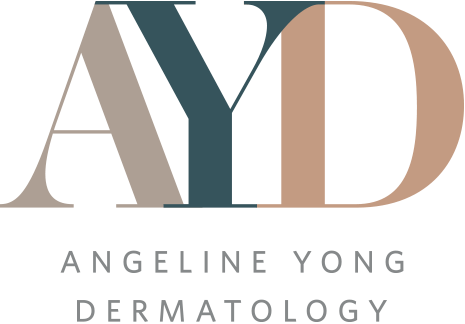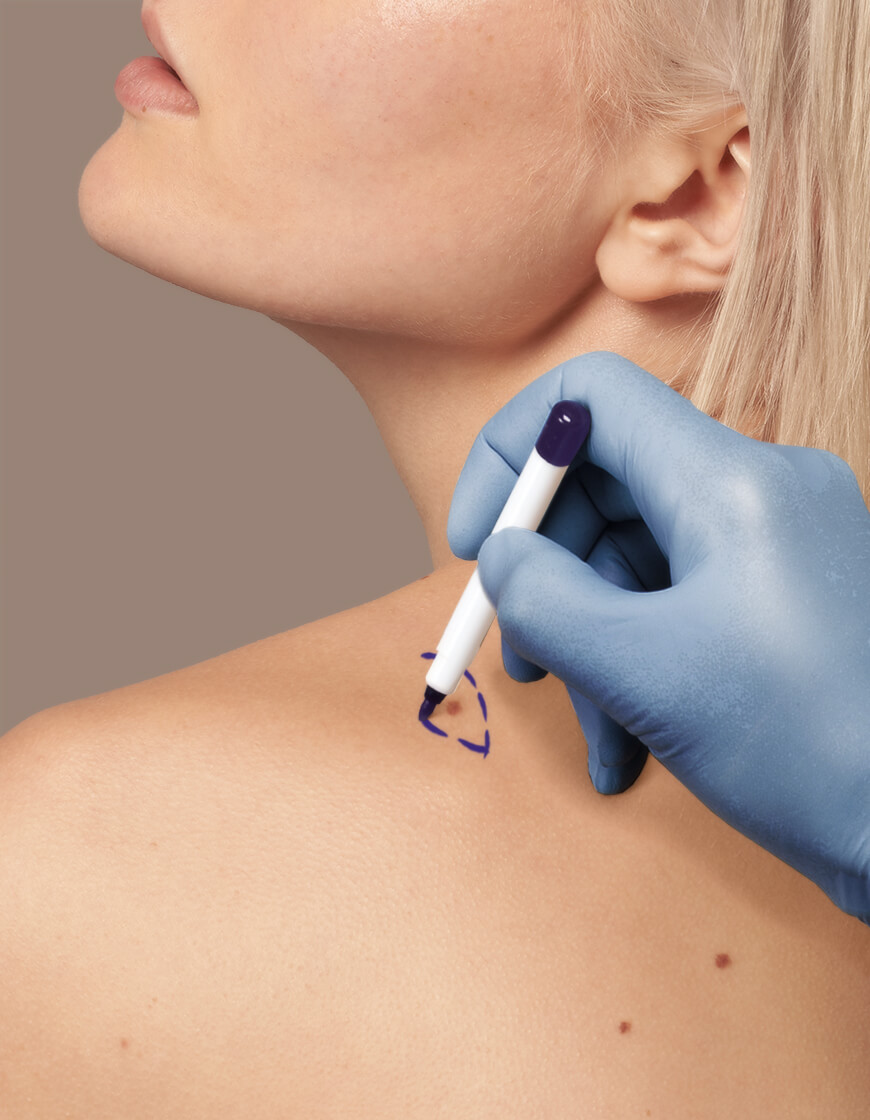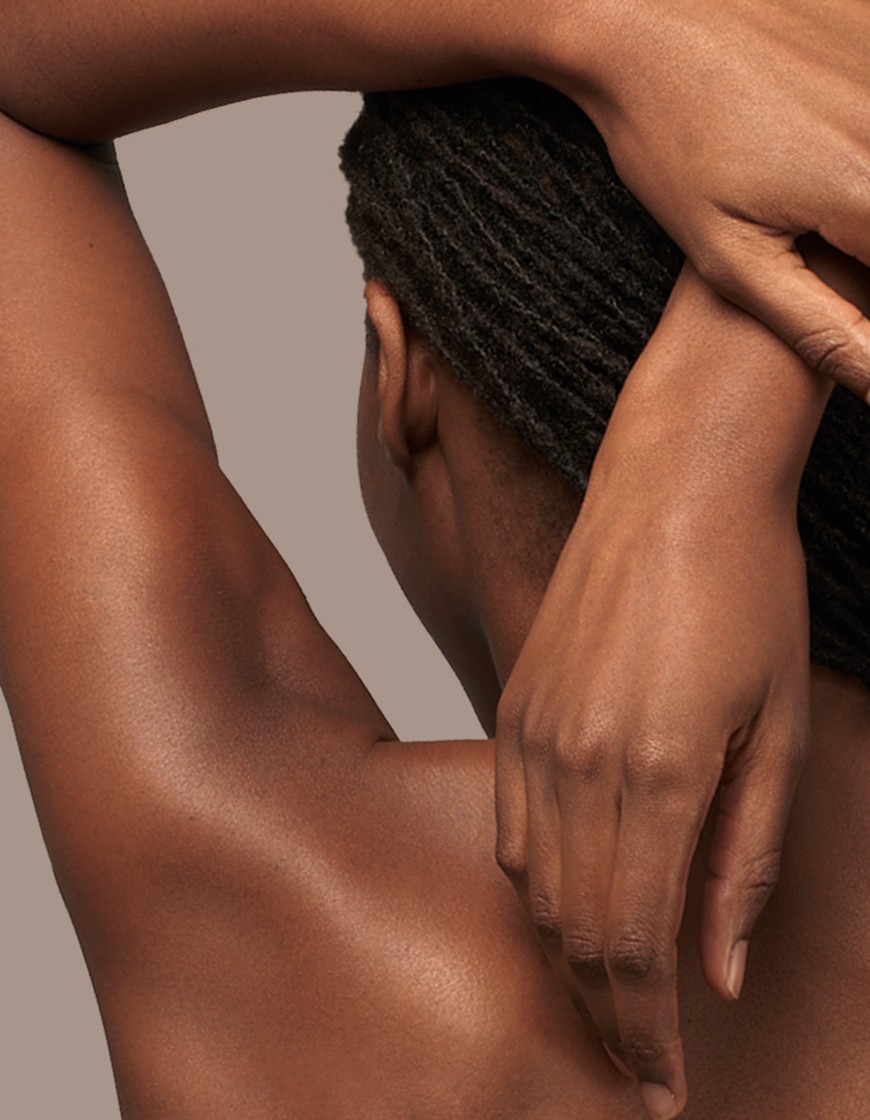Learning you have a health condition of the scalp, hair, or nails may be painful and at times embarrassing. These conditions can have many causes. Some are genetic, while others stem from autoimmune problems. The most common hair and nail conditions include psoriasis, eczema, hair loss, fungal or bacterial infections as well as nail splitting or cracking. Immediate diagnosis and treatment can positively impact the overall health of your hair and nails. If you are noticing any problems it is important to consult a dermatologist and seek accurate, medically proven treatment.
Dr Angeline Yong is a dermatologist and dermatological surgeon whose clinical interest is in hair and nail disorders. She was an integral member of the hair and nail subspecialty unit, and the founding consultant and lead of the hair transplantation service at the National Skin Centre prior to leaving for private practice. Explore the links below to learn more about some of the most common conditions affecting the hair and nail.
SCALP CONDITIONS
There are a myriad of conditions that can affect the scalp and cause common symptoms like itching, redness, discomfort, scaling and even contribute to hair fall. It is therefore essential that you seek consultation with a dermatologist to accurately assess and evaluate the condition of your scalp. Successful treatment hinges on proper evaluation, and the following describes some of the more common conditions that can affect the scalp.
FOLLICULITIS
Folliculitis is the name given to a group of skin conditions in which there are inflamed hair follicles. This results in painful red spots, often with a surface pustule.
Folliculitis may affect anywhere where there are hairs, and this can include the scalp, chest, back, armpits, arms and legs. Acne and its variants are also types of folliculitis. Folliculitis can be due to infection, occlusion and irritation.
The following are some of the common types of folliculitis.
Scalp folliculitis
Scalp folliculitis is an inflammatory disorder affecting the hair follicles in the scalp. This is characterised by small, occasionally itchy pustules on the scalp. There may be few scattered lesions or sometimes there could be extensive involvement. They often become sore and crusted, and may lead to scarring alopecia if left untreated.
Antidandruff shampoos containing antifungal agents such as ketoconazole are sometimes helpful. Other medications that are useful in the treatment of this condition include topical antibiotics, mild topical steroid lotions, oral antibiotics and even oral isotretinoin.
Pseudofolliculitis barbae
Pseudofolliculitis barbae is an inflammatory reaction surrounding ingrown facial hairs, which typically results from shaving. It can also occur on any body site where hair is shaved or plucked, including the chin, upper lips, axilla, pubic area, and legs. It is also known as shaving rash.
Pseudofolliculitis barbae can be treated with mild steroid creams, topical acne treatments.
Pityrosporum folliculitis
Pityrosporum folliculitis is an itchy acne-like condition usually affecting the upper trunk of a young adult. There are typically very monomorphic folliculocentric pustules scattered over the trunk and upper limbs, and this condition is usually also associated with a history of heat and sweating with outdoor sports.
Treatment typically includes topical antifungal or oral antifungal medication for several weeks.
TINEA CAPITIS
Cutaneous fungal infections are non-invasive infections of the skin, hair and nails causing pathologic changes in the host. The fungi can be yeast-like, causing infections such as Candidiasis, or mould-like, causing Tinea infections. It is common and generally mild. However, in extreme cases or otherwise immune suppressed patients, fungi can cause severe disease.
Tinea capitis is the name used for infection of the scalp with a dermatophyte fungus. Although common in children, tinea capitis is less frequently seen in adults. Tinea capitis is most prevalent between the ages of three to seven. It is slightly more common in boys than girls.
Tinea capitis may present in several ways.
- Dry scaling
- Black dots — hairs are broken off at the scalp surface
- Smooth areas of hair loss
- Kerion — a very inflamed mass
- Favus — yellow crusts and matted hair
- Carrier state — no symptoms and only mild scaling
SEBORRHOEIC DERMATITIS
Most commonly seen in babies (Usually clears up by 2 months of age), Seborrhoeic dermatitis also affects adults with a more chronic/relapsing form of eczema/dermatitis that mainly occurs in the sebaceous, gland-rich regions of the scalp, face, and trunk. Dandruff is a non-inflammatory, milder version of Seborrhoeic dermatitis.
Causes of Seborrhoeic Dermatitis:
- Proliferation of various species of the skin commensal Malassezia, in its yeast (non-pathogenic form).
- In infants, the condition is related to developing oil glands.
- In adults, the condition occurs due to inflammatory reaction to overgrowth of Malassezia yeasts.
Infantile Seborrhoeic dermatitis causes cradle cap (diffuse, greasy scaling on scalp), and the rash may also affect armpit and groin folds. Typically there are salmon-pink patches that may flake or peel, and these are not particularly itchy, so babies often seem undisturbed by the rash, even when generalised.
A proper assessment is imperative before considering your treatment options, hence seeing a dermatologist that specialises in hair disorders is important. Dermatologists who are MOH-accredited specialists in managing disorders of the skin, hair and nails primarily manage hair disorders. Dr Angeline Yong is a dermatologist and dermatological surgeon whose subspecialty interests include hair disorders and hair transplantation. She was the founding consultant and lead of the hair transplant service at the National Skin Centre prior to her private practice.
